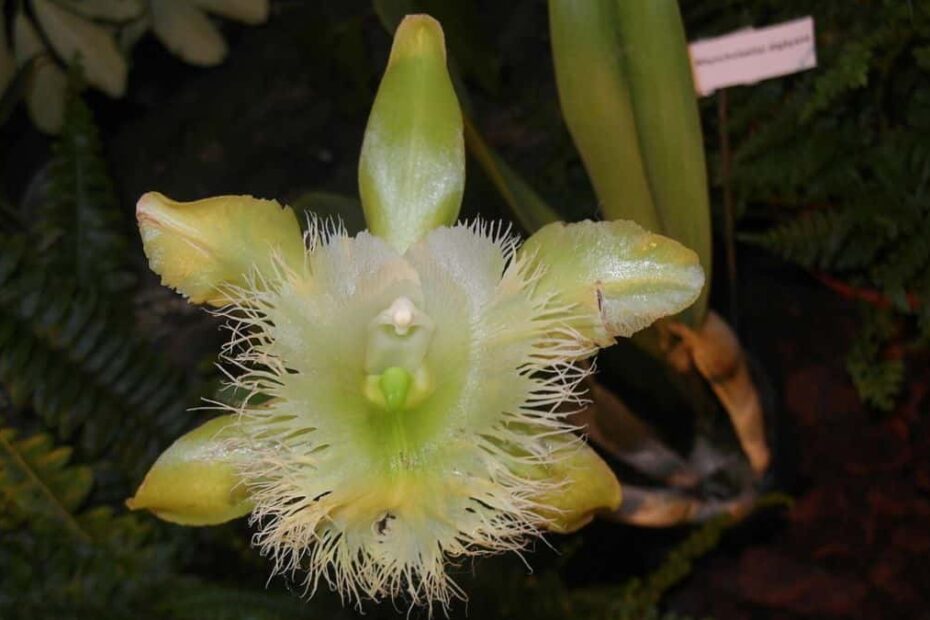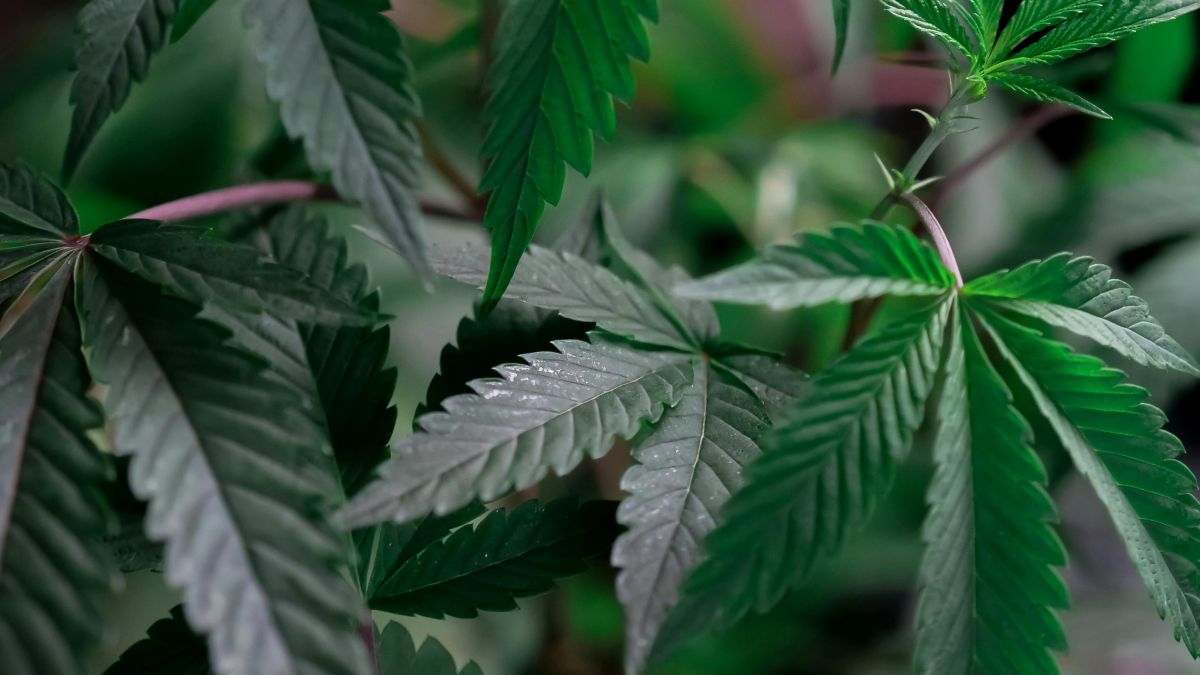A guide to the national flowers of Central America and their importance to each country.
If there’s one description pretty much all visitors to Central America use to describe the region, no matter which country, it’s “lush”. While we dislike the term ourselves, as most times you read the word “lush” in a travel article, you can be sure that the author couldn’t be bothered to think of something more original to say (other similar words include “nestled” and “captivating”), sometimes it’s apt. And yes, Central America’s plant life and flora certainly is lush!
Here, you’ll find dense tropical rainforests, high-altitude could forests, dry forests, pine forests, and everything in between. Plus a lot of flowers blooming everywhere. Which leads us to national flowers. Like most countries around the world, the countries of Central America all have their own national flowers, each chosen to represent their natural heritages and cultural identities.
This article looks at the national flowers of all seven Central American countries. If you’re a nature enthusiast, a cultural explorer, or are simply curious about Central American symbolism, we hope you’ll enjoy this read. Let’s get started on our botanical adventure!
Belize: Black Orchid (Prosthechea Cochleata)
The Black Orchid, Belize‘s national flower, belongs to the Orchidaceae family. Despite its name, the flower is actually purple and light yellow in color. It blooms year-round, with flowers lasting several weeks. The Black Orchid is unique due to its inverted structure: the labellum forms a hood over the column, making the flower appear upside-down. Black Orchids are adaptable plants, thriving in warm temperatures. They can be terrestrial (ground-growing) or epiphytic (tree-growing). The species is becoming rare due to habitat loss.
Costa Rica: Guaria Morada (Guarianthe Skinneri)
Costa Rica‘s national flower, the Guaria Morada, is a striking purple orchid, and typically blooms from January to March. The Guaria Morada is epiphytic, growing on tree trunks and getting nutrients from air and rain. The flower is culturally significant, symbolizing good fortune, family harmony, peace, love, and hope in Costa Rican tradition.
El Salvador: Flor de Izote (Yucca Gigantea)
El Salvador‘s national flower is the Flor de Izote. This plant produces clusters of white, bell-shaped flowers on tall stalks. Officially designated in 1995, the Flor de Izote is deeply integrated into Salvadoran culture and cuisine, with the edible flowers used in various dishes, often mixed with scrambled eggs. In folklore, the flower is believed to bring good luck and ward off evil spirits.
Guatemala: White Nun Orchid (Lycaste Virginalis/Lycaste Skinneri Alba)
Guatemala‘s national flower is the White Nun Orchid (Monja Blanca). This rare, epiphytic orchid features large white flowers, 5-10 cm across, with the center resembling a nun in prayer. It’s hermaphroditic, producing millions of seeds, but requires a specific fungus to germinate. Blooming from December to February, it takes 15 years before first flowering. Due to its rarity, its commercialization is prohibited in Guatemala to prevent extinction.
Honduras: Orchid (Rhyncholaelia Digbyana)
Honduras‘ national flower, declared in 1969, is an epiphytic orchid native to Central America. It features large, 18 cm wide flowers that bloom from February to June. The orchid’s most distinctive characteristic is its deeply fringed labellum, giving it a frilly appearance. Flowers range from white to green with a glossy sheen and a green-tinged throat. This species is strongly scented at night, reminiscent of lemon or lily of the valley. It grows on stunted trees in lowland forests, preferring hot, humid climates with good air circulation.
Nicaragua: Sacuanjoche (Plumeria Rubra)
Nicaragua‘s national flower is the Sacuanjoche, also known as the Flor de Mayo (May Flower). Its name derives from Náhuatl, meaning “beautiful yellow petals flower.” This fragrant flower grows on the frangipani tree, blooming around May (hence the Spanish name) with spiral-shaped, white or cream-colored petals and a yellow center.
Panama: Holy Spirit Orchid (Peristeria Elata)
Panama‘s national flower is the Holy Spirit Orchid. This rare terrestrial orchid is known for its striking white flowers resembling a dove, symbolizing the Holy Spirit in Christian faith. The plant features robust pseudobulbs with meter-long leaves and produces a long spike with fragrant, porcelain-like flowers. Blooming occurs during the rainy season, peaking in September-October.
The Prevalence of Orchids in Central America
You might notice that orchids feature prominently among Central American national flowers. In fact, five out of the seven countries in Central America have an orchid species as their floral emblem. This is not really surprising as Central America is home to thousands of orchid species.
The popularity of orchids extends beyond their status as national symbols. Since orchids have a striking beauty and long-lasting blooms, they’re popular vase flowers. This has led to a thriving industry, especially with fast flower delivery services that deliver freshly cut blooms to doorsteps.
However, as we’ve noted with several species, many orchids face threats from habitat loss and over-collection. Conservation efforts are crucial to ensure these beautiful and culturally significant plants continue to thrive in their natural habitats.
We hope you’ve enjoyed our quick tour of Central America’s national flowers!



